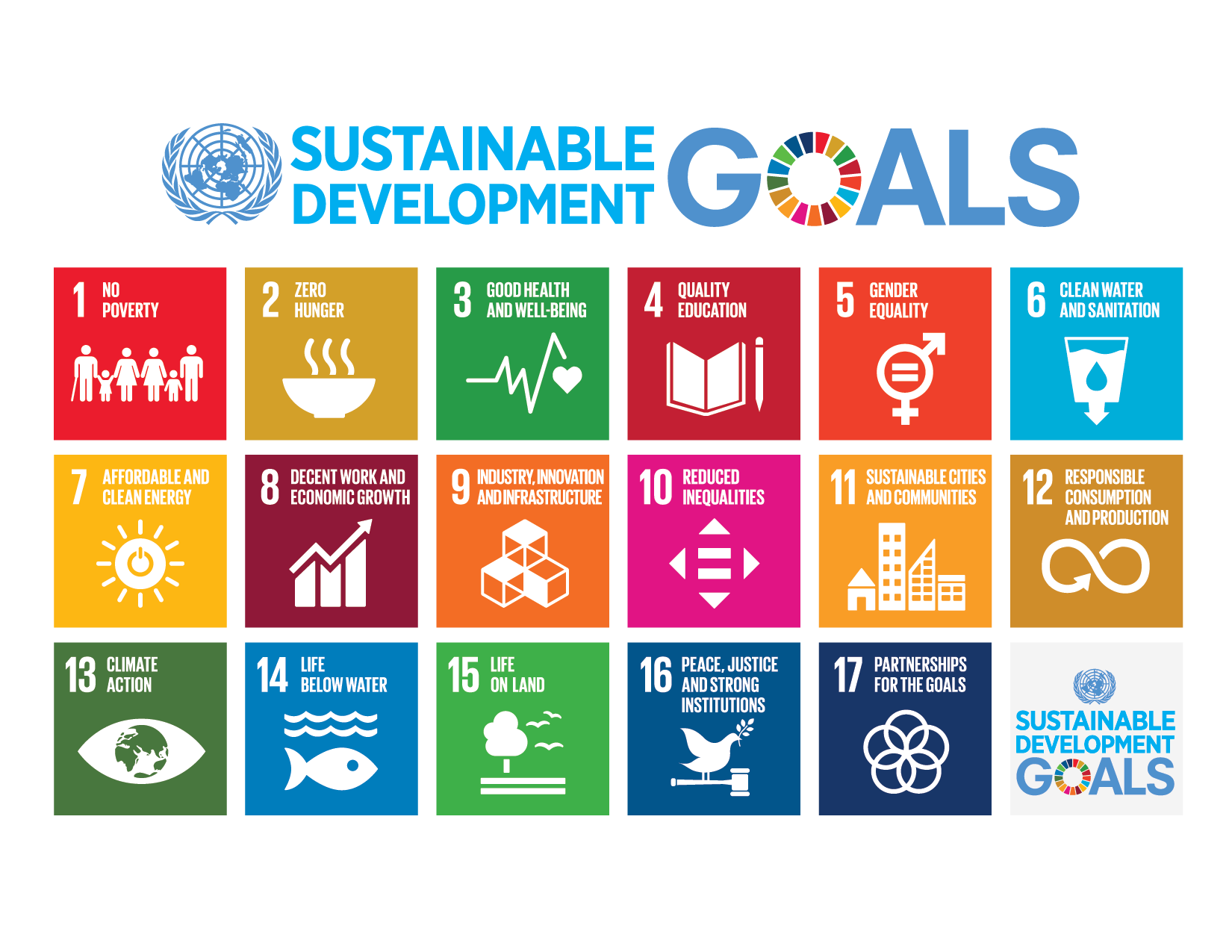Social Objectives in Real Estate ESG
The social component in real estate ESG aims to manage a company’s social responsibility so we are looking for an inclusive, safe, and diverse workforce. As such, a considerable chunk of ‘Social’ in ESG is oriented inwards, promoting communication with stakeholders, training programs, creating a high-performance culture that attracts top talent while facilitating employee happiness.
Looking outside of the company, ESG Social impacts should also be extended to the surrounding community, reaching out into the local community to improve quality of life for residents wherever possible.
Background to ESG real estate / Social
Looking at this from 10,000 feet, by creating more resilient and sustainable communities these strategies are intended to go some way towards alleviating the disparity in wealth, health, and wellbeing around the globe. By addressing their own social responsibility head on via en ESG program, real estate companies help combat inequities, both within their business and in their surrounding communities.
As ever, the UN’s 17 Sustainable Development Goals provide a high level guide, in particular the elimination of poverty and hunger, an increase in human wellbeing, gender equality, the provision of decent work, the reduction of inequities, and the creation of resilient communities.
Key Performance Indicators (KPIs) in real estate ESG / Social
Key Performance Indicators (KPIs) are regularly referenced within ESG literature and are designated ways to help track the performance and success of a company’s sustainability goals.
Within the Social category, the KPIs span both measurements within the workspace itself and in the surrounding community. For example, factors such as workforce demographics (Diversity, Equity, Inclusion), number of training hours delivered, total recordable incident rate (TRIR), indoor air quality and employee satisfaction rates can be tracked to evaluate social impacts within a company. Additionally, number of employees trained and number of hours trained on social impact topics can be recorded.
Healthy building certification standards such as WELL, FITWEL and RESET Air are all relevant indicators of a company takings its workforce wellbeing seriously.
In terms of the local community, the amount invested in social impact projects, the number of volunteer hours contributed to social causes and social partnerships with charitable enterprises for example are all relevant data points to manage.
From a stakeholder perspective, it is important to do things such as impact and materiality assessments as well as holding stakeholder discussions and consultations.
ESG real estate Social / Management Software
There are now a variety of social impact tracking software options available for real estate developers, arguably one of the better known is Brightest that assists in collecting, managing, and reporting social data as well a environmental accounting assets, supply chain, energy and resources, and employees, teams and departments through stakeholder surveys, utility and invoice analyses, and life cycle analyses.
